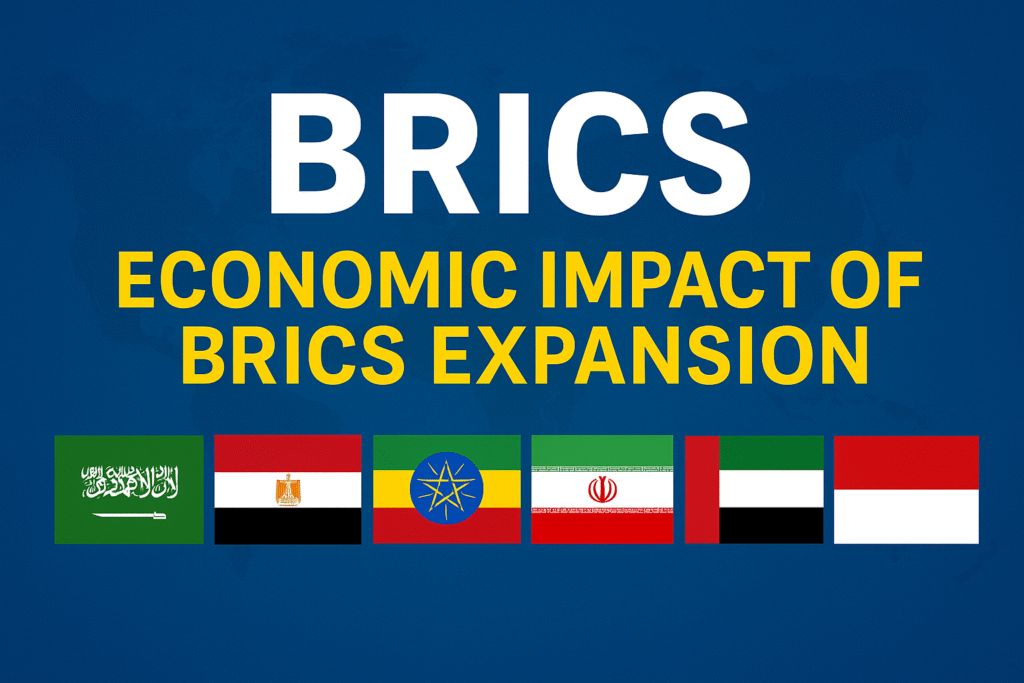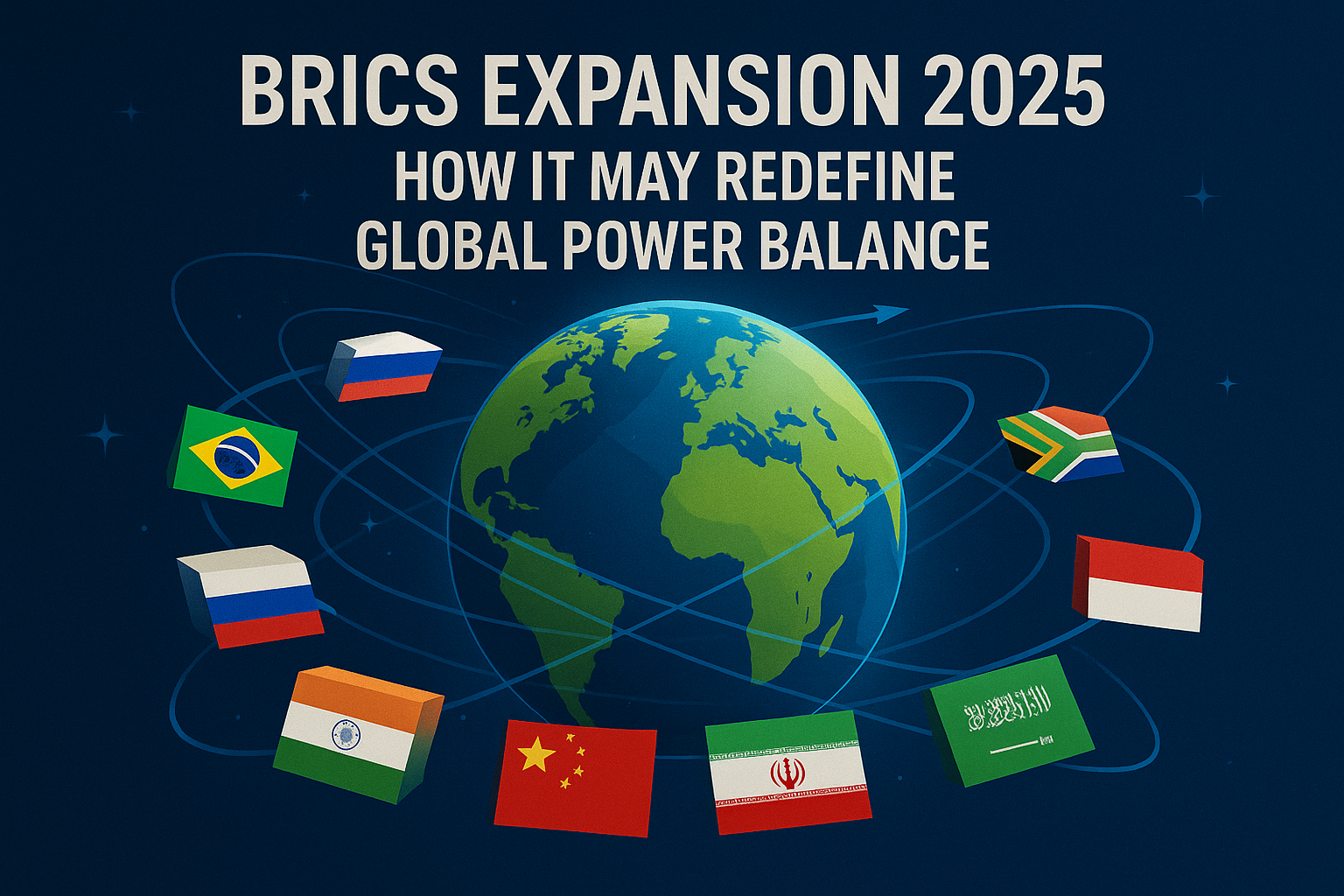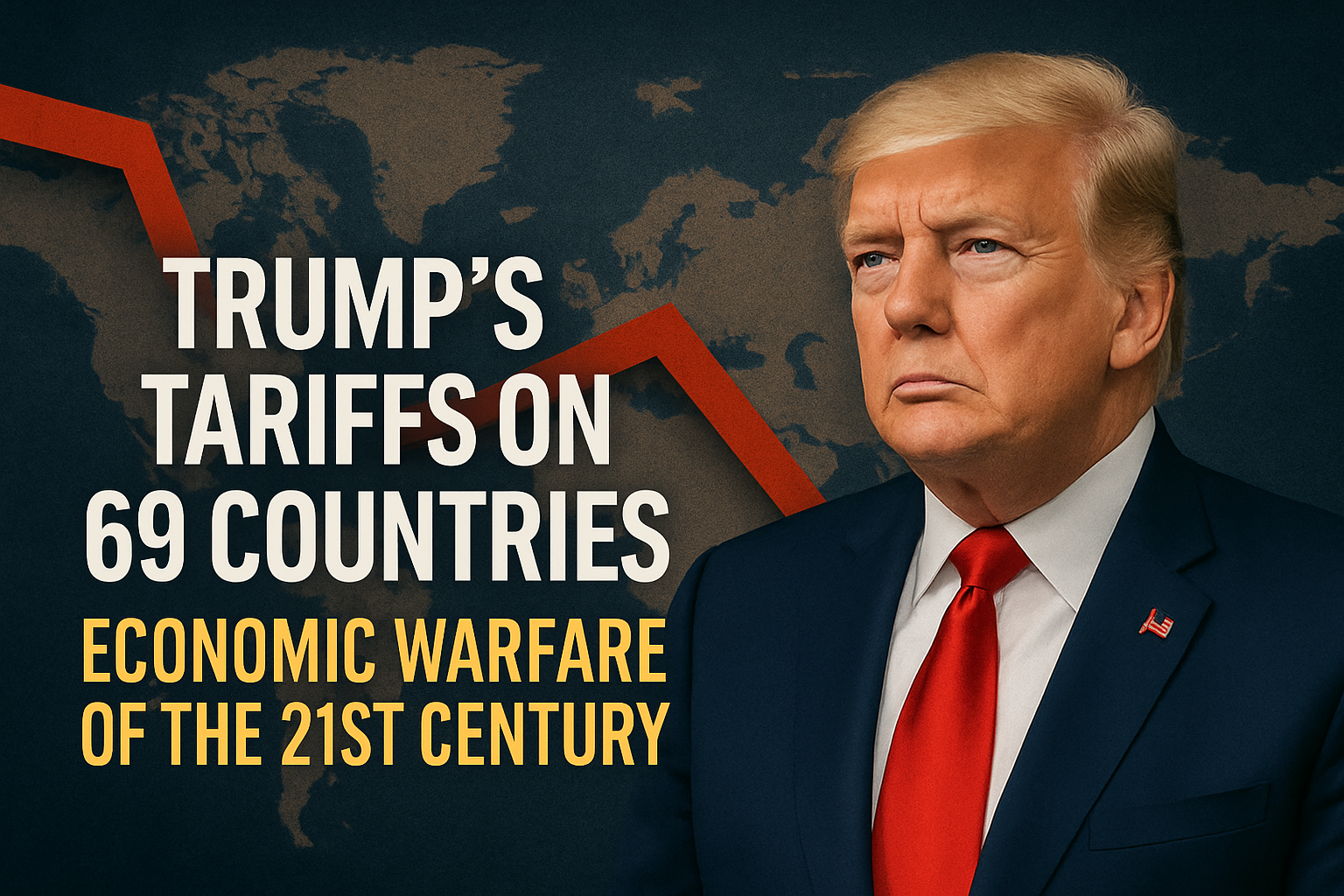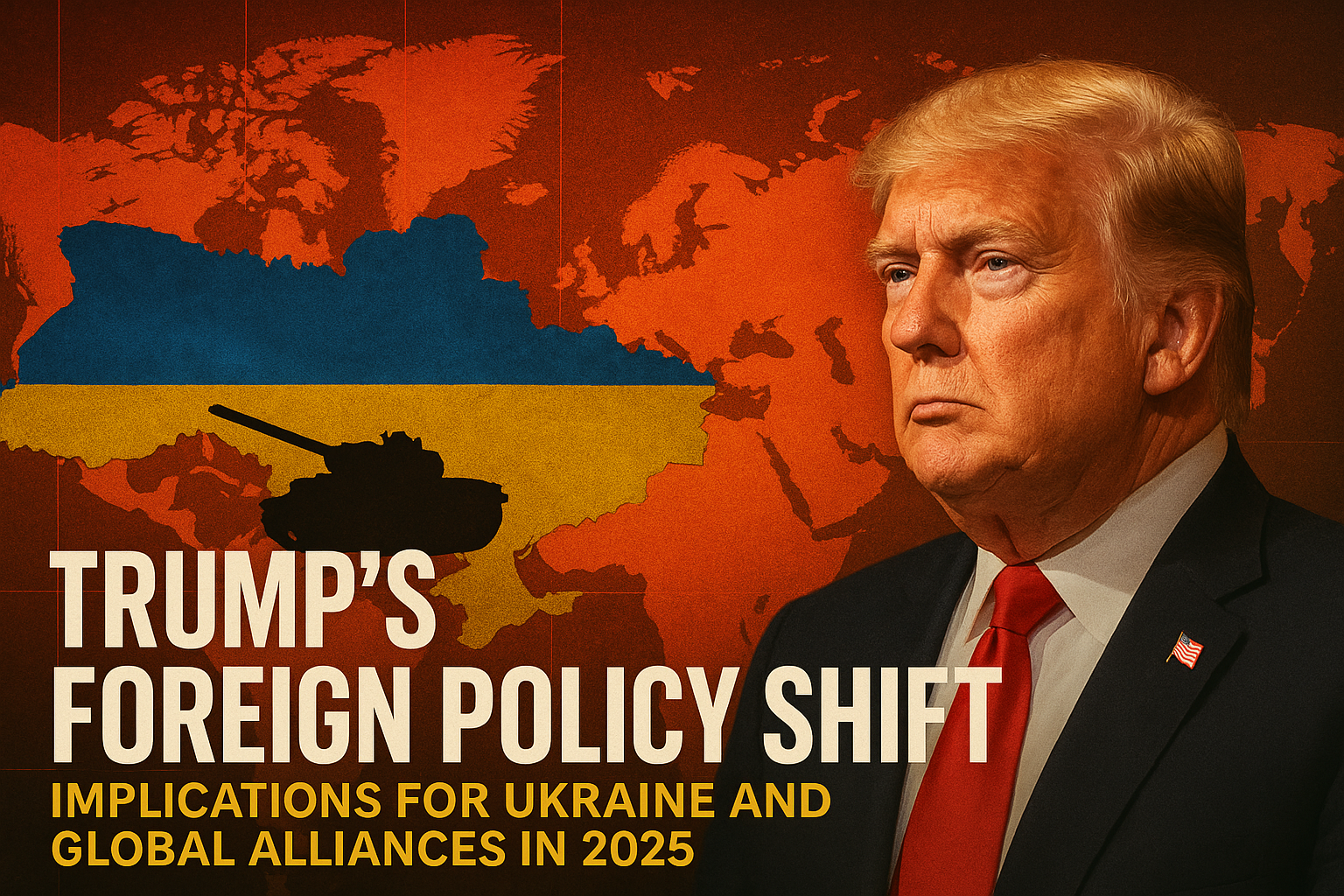BRICS, which was earlier a group of Brazil, Russia, India, China, and South Africa, has now become a group of almost 11 countries by 2025, which includes Egypt, Ethiopia, Iran, United Arab Emirates (UAE), and Indonesia, and talks are going on with Saudi Arabia. With these new members, BRICS has become a major player in geopolitics and the global economy. Do they have the potential to redefine the world order? Let us see how these new members, economic strength, and geopolitical strategies are driving this change.
Geopolitical Implications
The expansion and growth of BRICS is not just economic but is also changing the power in geopolitics because the inclusion of Iran and UAE in BRICS is reducing the influence of the West in the Middle East. Especially Iran, which is under US sanctions and still feeling the impact of recent US airstrikes on its nuclear facilities, is getting economic support and political backing through BRICS, which is strengthening Iran’s global position.
But this geopolitical shift could also create tensions, as the US has threatened to impose tariffs on BRICS due to their de-dollarization efforts. The expansion and growth of BRICS show that they are challenging the dominance of Western countries.
Economic Impact of BRICS Expansion
By 2025 BRICS will have a huge impact on the global economy because along with the 11 members of BRICS including Saudi Arabia, it represents approximately 41% of global GDP and more than 40% of the world population. These figures show that BRICS can now be at par with or even ahead of Western economic groups like G7.

- Combined GDP (PPP): Approximately 41% of global GDP in 2025, i.e. $44 trillion of World GDP, as per IMF projections (BRICS Official Website).
- Combined Population: Over 3.3 billion people, i.e. more than 40% of the world’s population fall in BRICS.
- Trade Growth: BRICS countries contribute to 24% of global trade, with intra-BRICS trade reaching $614.8 billion in 2022.
BRICS countries have a lot of economic strength. One of them is through initiatives like the New Development Bank (NDB). BRICS countries can fund their infrastructure projects without relying on the IMF (International Monetary Fund), which gives BRICS a lot of influence in global financial decisions.
De-dollarization and Financial Independence
Some BRICS countries like China and Russia want to reduce reliance on the dollar; that is, they aim for de-dollarization. As a result, BRICS countries are developing alternative financial systems like the New Development Bank (NDB) and alternative payment systems like SWIFT, which can safeguard member countries from sanctions and facilitate trade.
- New Development Bank (NDB): This bank gives loans in local currencies like Chinese yuan and Russian ruble along with the US dollar.
- Gold Reserves: BRICS countries are increasing their gold reserves, which will help in de-dollarization and will work as a good reliable payment method.
- Local Currency Trade: Countries like China and Russia are promoting trade in their currencies which will reduce the influence of the dollar in trade, especially in commodities pricing.
But all the countries in BRICS do not agree on de-dollarization because India does trade worth almost $186 billion dollars with the US and the relations between the two countries are also very good, so India will never put its efforts on de-dollarization as a result of which India’s relations with America will get spoiled which will bring down India’s economy.
Conclusion
The fact is that BRICS has already become a major economic and political hub which has the potential to redefine the Global Power balance holistically and can challenge Western-dominated institutions through its New Development Bank (NDB) and with its other institutions.
But there are internal geopolitical tensions within the BRICS as well, countries like Iran and Saudi Arabia do not get along well with each other, and also between China and India, which are two important members of this group, which can make this journey a bit complex. Now it remains to be seen how BRICS achieves its goals and how it will shape the global power balance.



